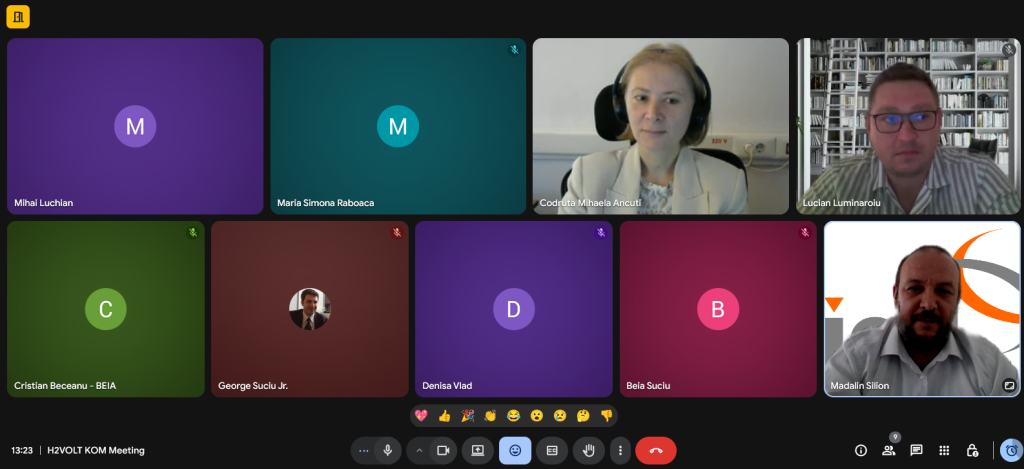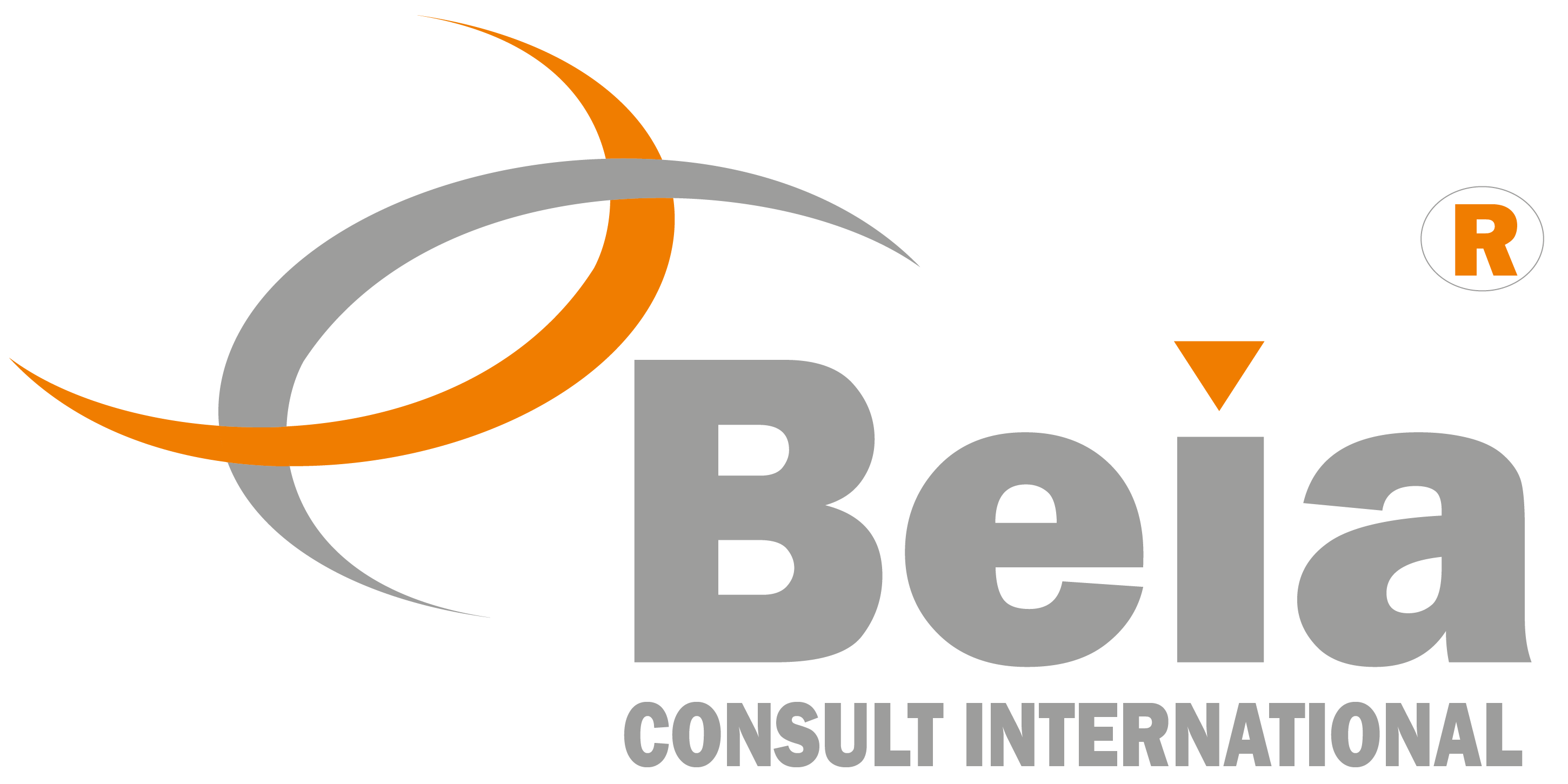Title: Economic efficiency in the transition to green hydrogen
Abstract
The H2VOLT project represents a initiative aimed at revolutionizing the energy landscape by leveraging hydrogen-based solutions. Initiated in response to global imperatives outlined in the Paris Agreement and the European Green Deal, H2VOLT targets significant reductions in greenhouse gas emissions and dependence on rare metals while promoting energy efficiency. Central to the project’s vision is the development and integration of high-voltage ionization technology, offering a transformative approach to enhancing the performance of hydrogen fuel cells. Collaborating entities, including BEIA Consult International, the University of Timișoara, and the National Research and Development Institute for Cryogenic and Isotopic Technologies, bring together diverse expertise and resources to drive innovation and market implementation. Through interdisciplinary research, pilot system development, and cost reduction strategies, H2VOLT aims to deliver scalable, economically viable solutions for energy storage and generation. The project’s ultimate goal is to establish a sustainable energy ecosystem that fosters energy autonomy, environmental stewardship, and economic resilience on both national and global scales.
PHASES AND ACTIVITIES
Phase 1. Analysis of the current status regarding the implementation of a low-cost pilot module for the use of green hydrogen in industry – (L1–L4)
- A1.1. Analysis of the current status regarding the devices within the pilot module – industrial research – (L1–L4)
- A1.2. Sizing of the modules within the platform – industrial research – (L2–L4)
- A1.3. Communication and dissemination of results from Phase 1 – support activity – (L4)
Phase 2. Design and development of the module components, testing and validation in an environment similar to real conditions (TRL4 → TRL5) – (L5–L16)
- A2.1. Definition of the pilot module architecture and interfaces between modules – industrial research – (L5–L6)
- A2.2. Design and integration of modules (HW, SW, ME, SYS) – industrial research – (L6–L11)
- A2.3. Prototype development – experimental development – (L9–L12)
- A2.4. Preparation of scenarios similar to real conditions TRL5 – experimental development – (L11–L14)
- A2.5. Testing and validation in environments similar to real conditions TRL5 – experimental development – (L13–L16)
- A2.6. Dissemination and communication of results from Phase 2 – support activity – (L5–L16)
Phase 3. Testing and validation of the pilot module under real operating conditions (TRL6) – (L17–L24)
- A3.1. Preparation of scenarios similar to real operating conditions TRL6 – experimental development – (L17–L24)
- A3.2. Testing, evaluation, and validation of the proposed pilot module – experimental development – (L17–L24)
- A3.3. Preparation of a market study and exploitation plan – industrial research – (L17–L24)
- A3.4. Dissemination and communication of final results from Phase 3 – support activity – (L17–L24)
Communication and dissemination activities
- Kick of meeting 24.09.2025
During the meeting, the following topics were discussed:
- General status of the project
- Administrative and financial aspects
- Organization and collaboration
- Technical aspects
- Procurement and urgent matters
- Planning and next steps
- Conclusions

